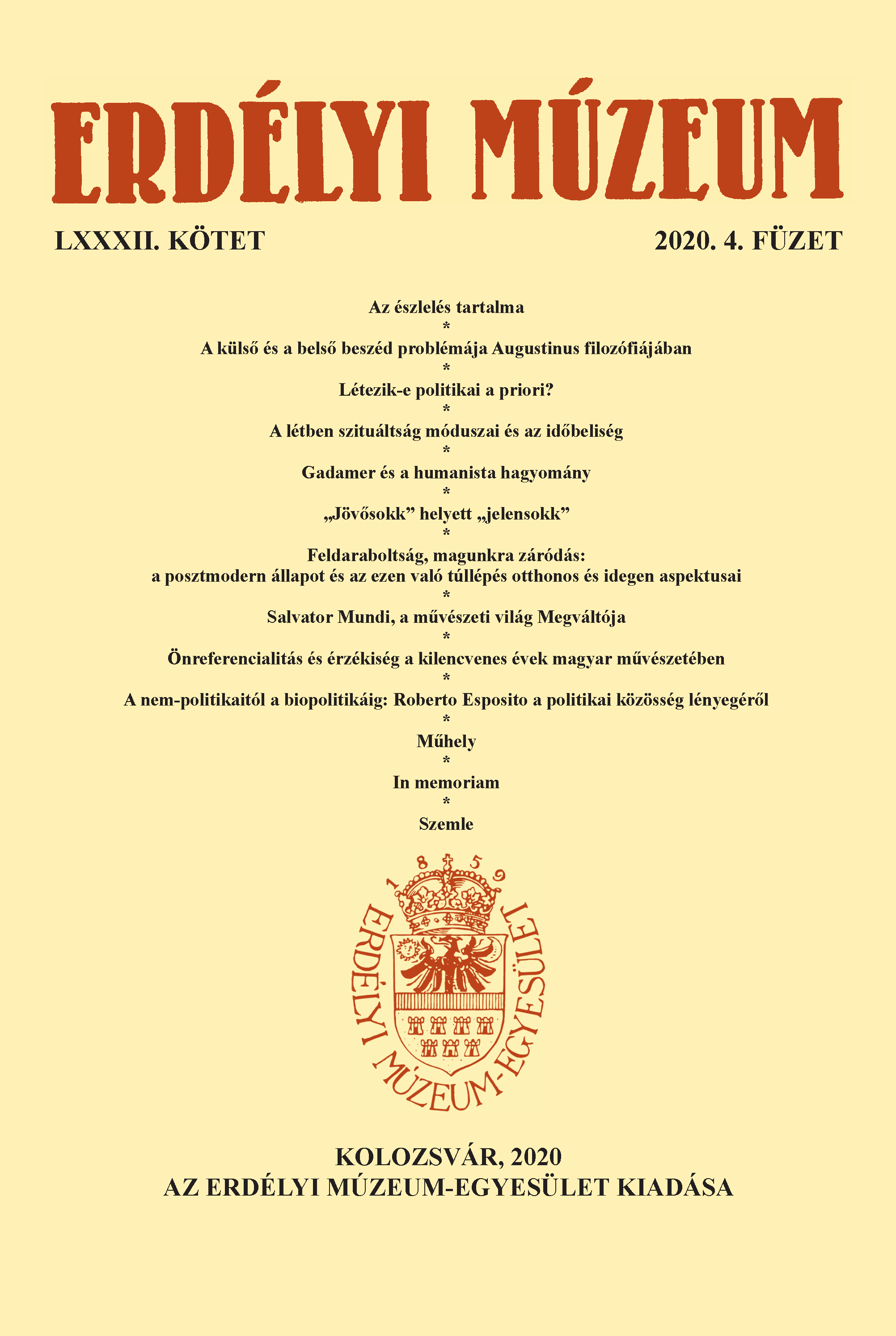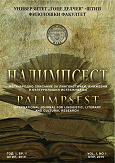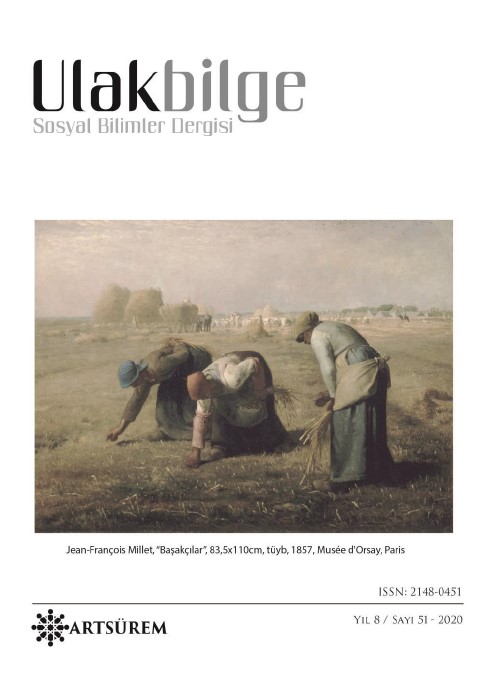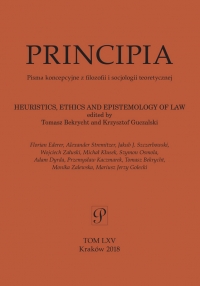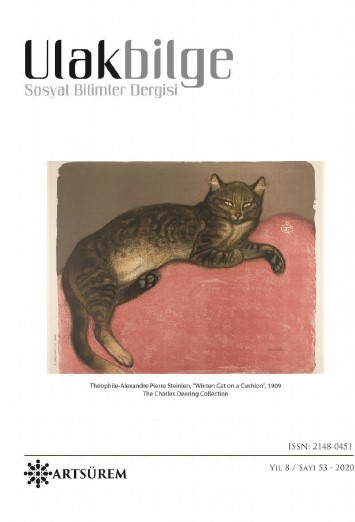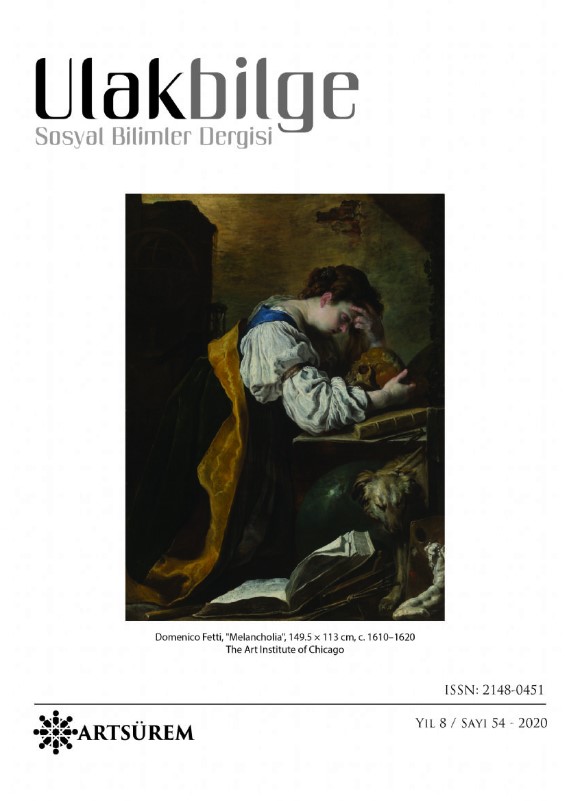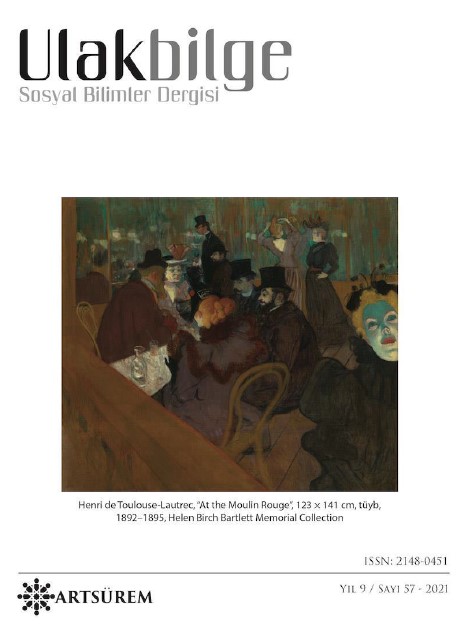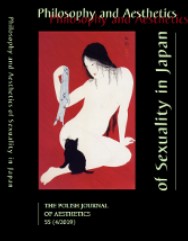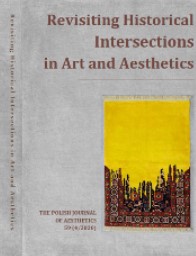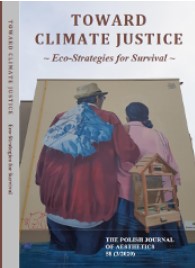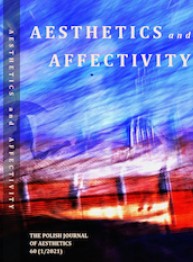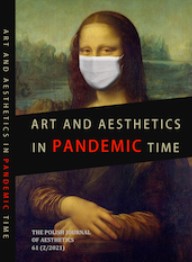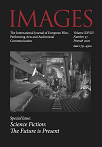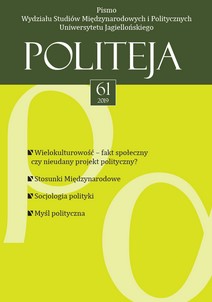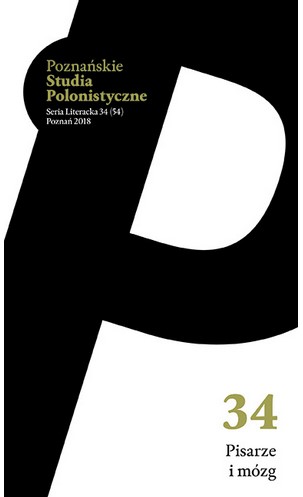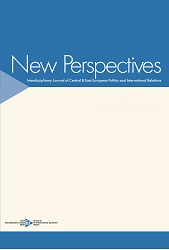
Offices
A while after the Americans left, when the building had already become the former American Embassy, it was refurbished as an art gallery. The gallery is curated by West under the banner ‘our embassy’ usually preceded by a hashtag. As an art gallery, the building is open to visiting audiences, who are offered exhibitions, tours, special events and a cafe´. The gallery needs to square its own agenda with the identity of the building, which is reflected, for instance, in the new name of the space. The building is reclaimed as ‘ours’ on behalf of the gallery and its audience, but it is still referred to as an ‘embassy’, even when it no longer is, at least not in an official sense. Meanwhile, visitors can explore anywhere in between the building’s past and present identities. The tension between these identities attracts: we are here, because the Americans have left, but also because they were here before us.
More...
